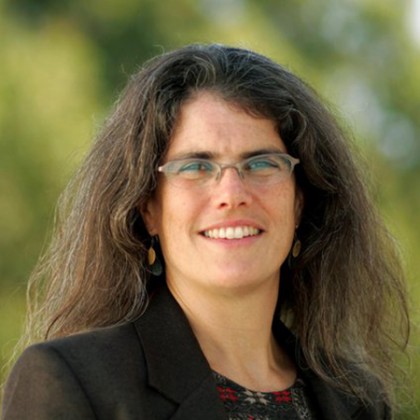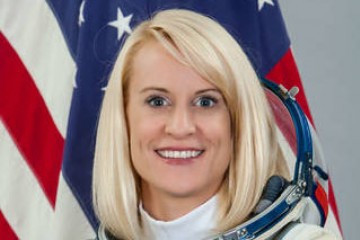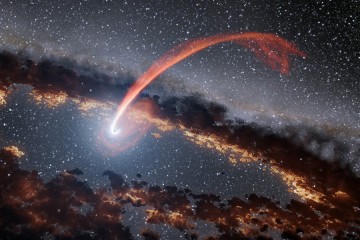At the center of the Milky Way galaxy, some 27,000 light years from Earth, there's a great dark beast. With a mass estimated to be equal to 4 million suns, this supermassive black hole is terrifying in its overwhelming gravitational force, but essential in the formation of the galaxy that we call home.

Image caption: Andrea Ghez
Image credit: Twitter
What we know and what scientists have yet to learn about supermassive black holes will be the subject of the Ferndinand G. Brickwedde Lecture in Physics on Tuesday, Sept. 19, at 4 p.m. at the Shafler Auditorium in Johns Hopkins University's Bloomberg Center for Physics and Astronomy. The lecture, titled "The Monster at the Heart of Our Galaxy," will be delivered by astrophysicist Andrea M. Ghez of the University of California, Los Angeles.
Ghez is one of the world's leading experts in observational astrophysics and heads UCLA's Galactic Center Group. Through the capture and analysis of 20 years of high-resolution imaging, the group has moved the case for a supermassive black hole at the center of our galaxy from a possibility to a certainty. Ghez's work on the orbits of stars at the center of the Milky Way has opened a new approach to studying black holes. Her group is focused on using this approach to understand the physics of gravity near a black hole and the role that black holes play in the formation and evolution of galaxies.
The Brickwedde Lectures are made possible through a contribution by Ferdinand G. Brickwedde and his wife, Langhorne Howard Brickwedde. A Johns Hopkins Alumnus (BA '22, MA'24, and Ph.D. in Physics '25), Professor Brickwedde had a distinguished research and academic career. Most notably a co-discoverer of Deuterium, a heavy isotope of hydrogen, he was long associated with the National Bureau of Standards (now the National Institute of Standards and Technology) and was dean of the College of Chemistry and Physics at Pennsylvania State University from 1956-1963. He was an Evan Pugh Research Professor of Physics Emeritus until his death in 1989.
Tagged astrophysics, black holes










